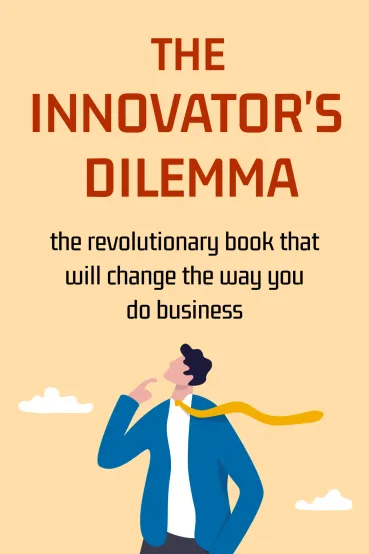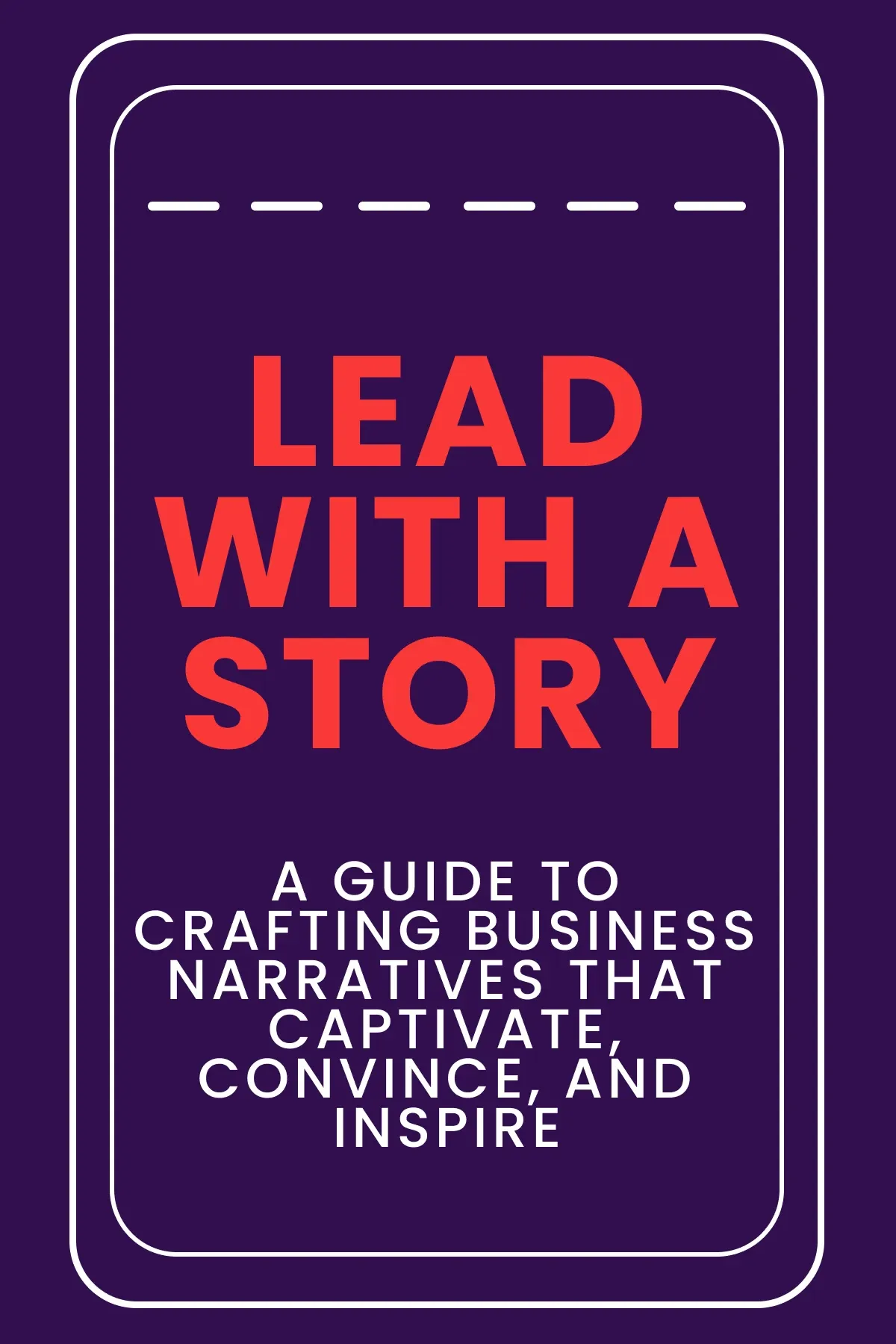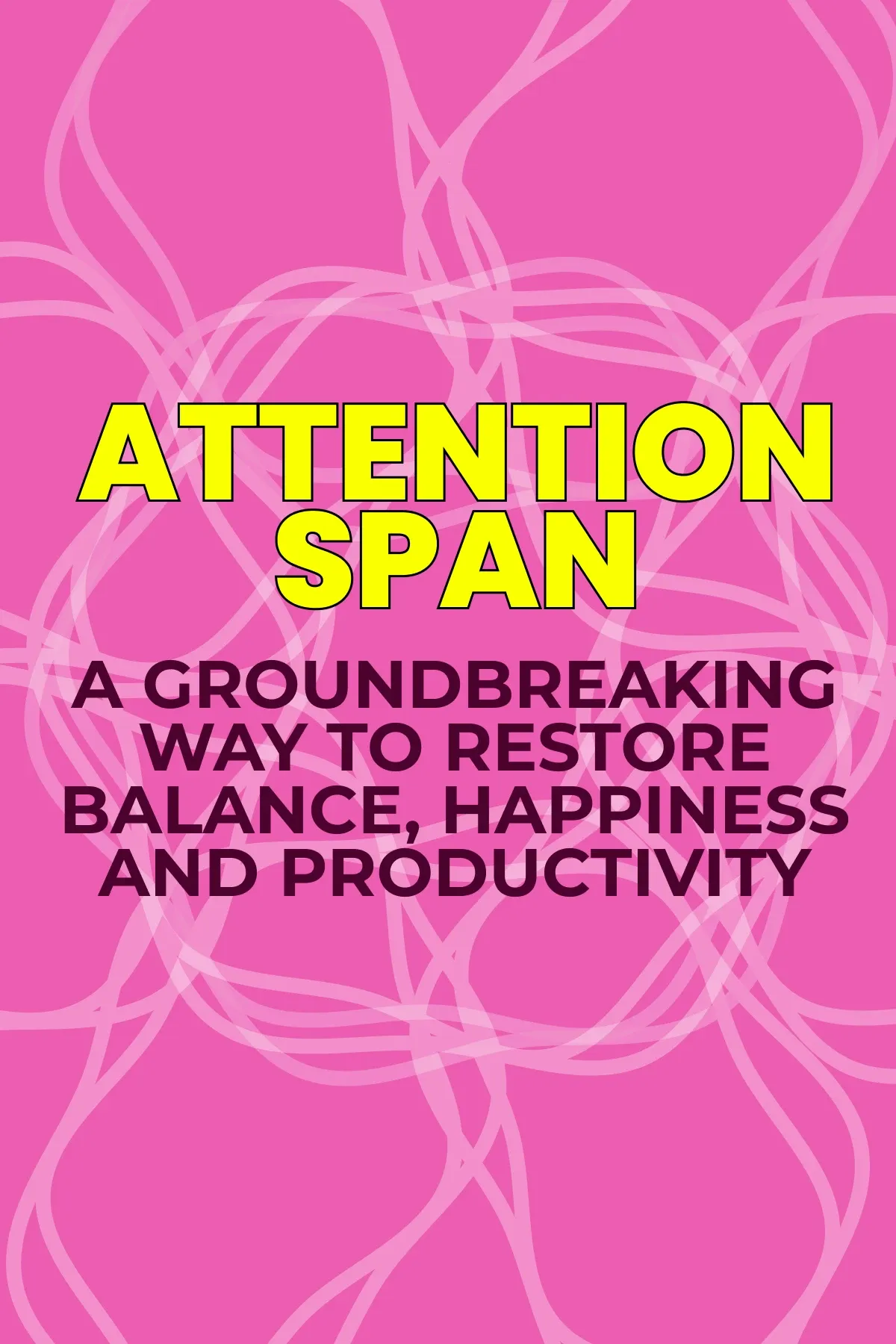
The Innovator’s Dilemma
Brief Summary
Have you ever wondered why some companies succeed in implementing new technologies while others fail terribly? What does it take to build a high-profit company through innovation? “The Innovator’s Dilemma” by Clayton M. Christensen tells you all about it.
Topics
Key points
Key idea 1 of 7
The hard drive industry first came to be in the 1950s. Naturally, it has gone through many breakthroughs and developments since then. As the industry evolved, the big firms that dominated the market also changed. Between 1976 and 1995, only one of the seventeen most influential companies remained afloat—IBM. At the same time, 129 firms joined the industry, and only 20 managed to survive.
It might seem logical that industry leaders should have the knowledge and resources to adapt to evolving markets. Yet, why was company turnover so high? What causes successful firms to fail? Basically, there are two kinds of innovations: sustaining and disruptive.
Sustaining technologies solve existing, apparent problems, while disruptive improvements create a market and value for something customers didn’t previously know they needed. They don’t necessarily have to be incredibly innovative—the key is just finding new approaches. Typically, market leaders succeed in sustaining improvements but don’t pay that much attention to disruptive changes. The latter don’t guarantee success and aren’t reliable regarding short-term profit. Thus, smaller companies overtake disruptive improvements. If they establish their presence in the new market, they can increase their value and even win against previous industry leaders.
The thing is, innovation can affect big, established companies in different ways. When new technologies build upon a company’s already existing knowledge, the business will most likely successfully implement the technology and grow its value. However, when new technologies contradict the foundation of a firm, it is not likely to succeed.
Basically, how radical the innovation is in comparison with the technology currently used by a firm determines whether the firm will implement the innovation successfully. This happens due to the limited adaptability of many large firms, stemming from their scale and established nature, which can be the deciding factor in dealing with disruptive technologies.
Research shows that entrant companies are better suited for exploring radically innovative technologies. They often carry a technology from one market to another, having previously practiced and improved it. On the contrary, big firms are excellent at improving their current production processes but stumble when something radical is on the table.
You may also like these summaries











